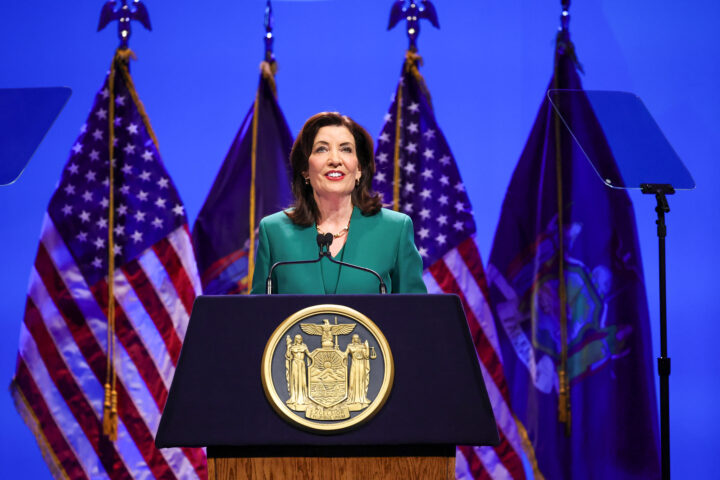After two years in office, President Donald Trump has yet to give up on his dream of building a wall on the Mexico-U.S. border, going as far as to declare a national emergency to get the funding he needs.
Ever since the inception of President Trump’s campaign for office, he made colossal promises for what he planned to accomplish during his first term. From ending the funding of sanctuary cities, to repealing the Affordable Care Act, there are many vows Trump has either failed to fulfill or has not attempted to conduct. However, one thing Trump consistently stands by is his fight for building a 234-mile wall along the border of Mexico and the United States.
In an effort to stop Mexican immigrants from illegally entering the U.S, Trump claims the border wall is the only way to combat the issue. Once the construction of the wall is complete, Trump remarked one would “have to be in extremely good shape to get over” it. For the past three years, critics of the plan were certain the wall would not see the light of day because of all the practical obstacles that face it.
With the incredible amount of money and resources required to build the wall, it’s no surprise that Trump’s plan struggles to get traction. It might be too early to shut down the possibility of construction despite constant protest, because Trump has come up with a new strategy for garnering funding. In an effort to bring more urgency toward his wish for building the wall, Trump decided the project was important enough to be declared as a national emergency on February 15th.
The National Emergencies Act, which was instituted in 1976, is a federal law that provides the president with powers beyond the normal limitations of the presidency in a moment of crisis, allowing him/her to have access to taxpayer money originally allocated for other projects. Trump’s declaration and spending bill of $1.375 billion will give him the ability to redirect billions of dollars designated by the Defense and Treasury Department for military construction projects, drug interaction programs, and asset forfeiture funds. This leaves Trump with about $8 billion to spend toward the building process of the wall. Fizza Abbas, a sophomore sociology major at Queens College claimed, “He will do anything in an attempt to fulfill his initial campaign promise of building a wall.”
Since Trump’s big announcement, 16 states have come together to file a lawsuit in the U.S. District Court for the Northern District of California. The states claim that funding for a border wall is not a national emergency, nor is it worthy of receiving the extensive funding it requires, leaving the entire emergency declaration to be unconstitutional. There has also been backlash from Texas landowners who fear of having their land seized in the construction process.
In an effort to nullify Trump’s border emergency declaration, both the House and Senate voted to block it in a joint resolution, even with five GOP senators pledging to back Trump ahead of the vote. The vote was shortly followed by a veto on March 15th, which Trump desired to execute since the House’s initial disapproval of his plan. Shazna Olid, a sophomore studying psychology at QC is hopeful that “checks and balances save the day and stop Trump from following through with his plan.”
The current tension surrounding the border wall comes from not knowing the great lengths Trump is willing to go to in order to see his dream come true. There is a level of unpredictability regarding what his next move will be, and whether or not he will be successful in moving forward with his plan. QC Associate professor of Political Science Kenna Lipsitz believes that, “Trump may be able to build the wall in pieces, but it will be purely symbolic. The full wall requires much more money than he has requested.”
Ultimately, it is up to The House of Judiciary Committee to investigate Trump’s emergency declaration and decide whether or not he will be able to legally receive the government funding he believes he is entitled to under The National Emergencies Act.














